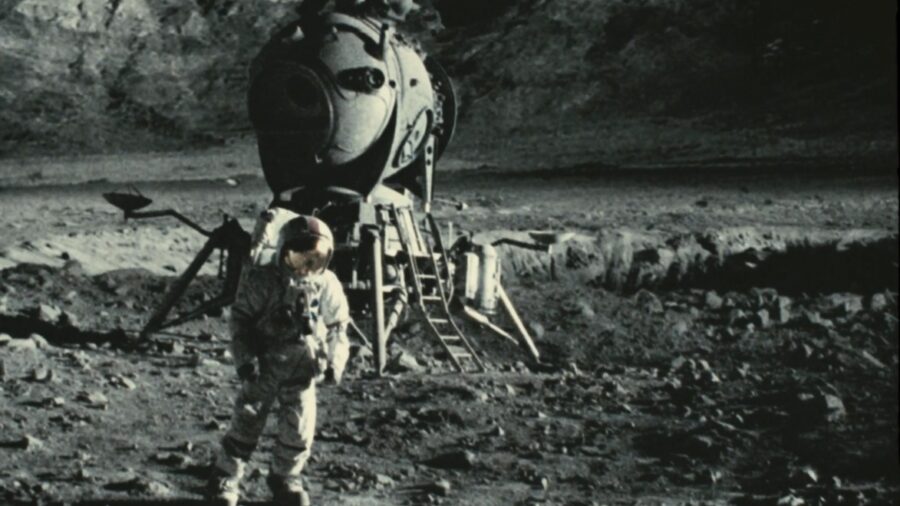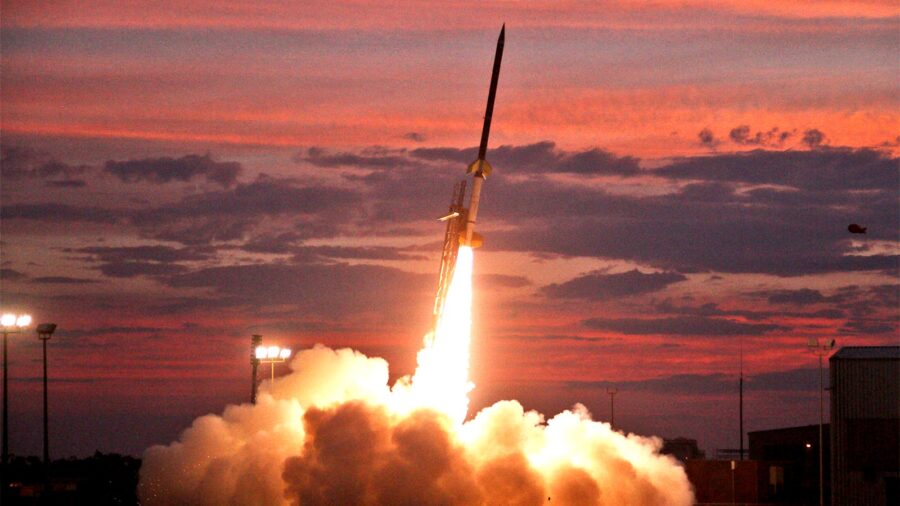Another Country Is Attempting Moon Landing After Russia’s Massive Failure

According to Science Alert, scientists are ready to make another giant leap for mankind as one country is getting ready to touch down on the Moon. Tomorrow, August 23, the Indian Space Research Organisation (ISRO) is deploying a lander and rover onto the lunar surface in the country’s Chandrayaan-3 mission. This marks the third installment in India’s lunar exploration program, with hopes of overcoming past challenges and achieving a triumphant moon landing.
Days after Russia failed, India is attempting to become the first nation to perform a successful moon landing on the lunar south pole.
The mission’s primary objective is to demonstrate the capability of the ISRO to achieve a precise and gentle landing on the Moon. Previous Chandrayaan missions encountered setbacks, making the success of Chandrayaan-3 all the more crucial. Images from the lander module’s camera have already shown the successful separation from its propulsion module, which remains in lunar orbit while the lander and rover head swiftly forward for their designated Moon landing.
Earlier this week, a Russian spacecraft attempted a Moon landing in the same region, but it ended with a crash landing. Roscosmos has yet to disclose what caused the catastrophic failure, but India is well prepared for their attempt.
Central to the Moon landing mission’s success is the lander unit, equipped with four key scientific instruments. These include thermal and atmospheric instruments, along with a laser retroreflector array. The latter technology is utilized to accurately measure the Earth-Moon distance using a high-power laser.
The distance is calculated with remarkable precision by timing the light pulse’s journey from the Moon landing and back. Additionally, the lander is designed to detect moonquakes, allowing scientists to study the Moon’s seismic activity and infer its density.

The rover, too, is packed with scientific instruments focused on analyzing the lunar surface’s composition through X-ray spectrometry. If it also successfully completes the Moon landing, these instruments will provide valuable insights into the Moon’s elemental composition, contributing to our understanding of its geological history and potential resources.
India’s previous missions to space did not include successful moon landings, with Chandrayaan-2 ending in a crash landing.
Chandrayaan-3 builds upon the foundation laid by its predecessors, beginning with Chandrayaan-1, launched in 2008. This earlier Moon landing mission provided groundbreaking results, including comprehensive lunar mapping across different wavelengths and the detection of liquid water on the lunar surface. It’s a success that is considered particularly impressive given that communication was lost halfway through its planned mission timeline.
Chandrayaan-2, the second mission in the Moon landing series, aimed to deploy a lander and rover to the Moon. While the orbiter successfully reached lunar orbit, the lander and rover experienced communication failures, resulting in a crash landing. With Chandrayaan-3, India aspires to break this cycle of setbacks and achieve a working rover on the Moon’s surface, joining the ranks of the Soviet Union, the US, and China.
India is attempting a moon landing with a total budget of $75 million, significantly smaller than the eye-popping billions of dollars NASA has requested from Congress.
While it’s only been a little over 50 years since the first Moon landing, humanity has made quite a few gigantic leaps in space exploration—particularly in the financial department. The ISRO mission is about to be completed using a modest budget of US$75 million, a fraction of the costs associated with other space missions like NASA’s Artemis program. In comparison, Artemis has projected launch costs of US$800 million per mission and substantial development expenses.
A successful Chandrayaan-3 mission holds significant promise for the scientific community and the future of lunar exploration. The data collected by the lander and rover will aid in identifying potential Moon landing sites and locations for future lunar bases. If the landing is successful, the data ISRO collects could cause a major shift in both the private and public sectors of space travel.












